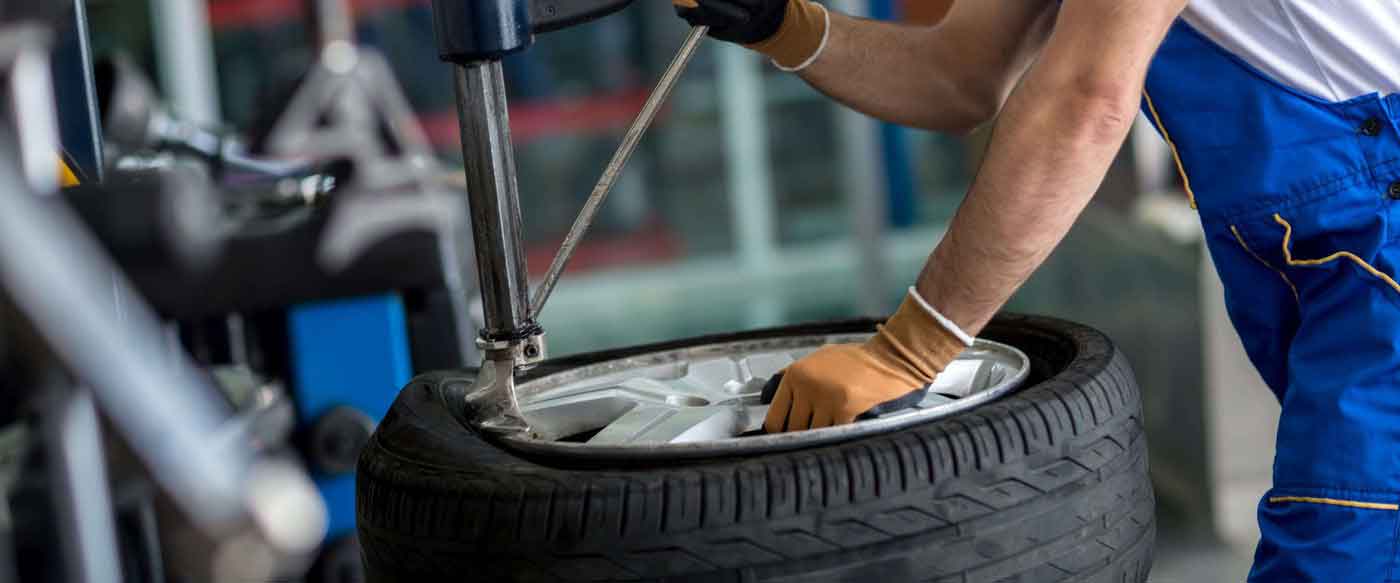Morris Tire: Your Local Tire Specialists
Morris Tire: Your Local Tire Specialists
Blog Article
Specialist Guide to Tire Repair Work: Every Little Thing You Required to Know
Browsing the globe of tire repair service can be a complicated task for lots of car owners. From determining the usual root causes of tire damage to understanding the complex steps associated with fixing a puncture, there is a wealth of understanding to understand. In this thorough overview, we will unravel the intricacies of tire fixing, clarifying the various kinds of repair service kits readily available and offering beneficial insights into when it could be time to bid farewell to a damaged tire. Keep tuned as we dig much deeper into the subtleties of tire maintenance, outfitting you with the vital expertise to ensure your tires stand the test of time.
Typical Reasons of Tire Damages
What are the usual reasons that lead to tire damages, affecting vehicle efficiency and safety? Tire damage can occur due to various variables, with one of the key factors being inappropriate inflation pressure.
One more usual root cause of tire damage is poor walk depth. Worn-out footsteps can jeopardize hold when traveling, particularly in wet or unsafe conditions, boosting the danger of accidents. In addition, driving over craters, debris, or sharp objects can puncture or create cuts in the tire, deteriorating its framework and possibly triggering a flat.
In addition, improper wheel alignment and out of balance tires can additionally add to tire damages. Misaligned wheels can bring about uneven wear patterns, while out of balance tires can cause resonances, affecting both the car's handling and the tire's longevity. Regular maintenance checks and punctual repairs can aid mitigate these usual causes of tire damage, guaranteeing ideal lorry performance and safety and security.
Kinds of Tire Repair Sets
To attend to the aftermath of usual reasons of tire damage talked about earlier, it is vital to comprehend the various sorts of tire repair work packages readily available for vehicle proprietors. There are primarily three kinds of tire fixing kits frequently used: plug kits, patch packages, and combination fixing packages.
Plug kits are a fast and very easy remedy for repairing little leaks triggered by nails or screws. They contain a T-handle device and rubber plugs that can be inserted right into the puncture to seal the opening effectively. Spot kits, on the other hand, are preferable for larger leaks or cuts in the tire. These sets consist of a spot and glue material that is put on the internal cellular lining of the tire to cover the damaged location securely.
Combination fixing sets offer the advantage of including both plug and spot parts, offering a detailed option for a variety of tire damage scenarios. It is essential for lorry owners to familiarize themselves with these different types of tire repair work kits to be planned for any type of unanticipated tire concerns when traveling.

Actions to Fix a Tire Puncture
Fixing a tire slit needs an organized strategy and the right devices to make sure a secure and efficient option. When encountered with click here now a punctured tire, the first action is to safely pull over to a flat, steady surface far from web traffic. Engage the auto parking brake and area wheel chocks behind the tires to avoid any unexpected rolling. Next off, remove the pierced tire complying with the car maker's standards. When the tire is eliminated, inspect the punctured area to locate the foreign object causing the leakage. Use a reaming device to tidy and rough up the puncture opening for better bond. Apply rubber concrete to the area and put a plug using a plug insertion device. Cut any kind of excess plug material flush with the tire step. Finally, reinflate the tire to the suggested pressure and reinstall it onto the car. Conduct a thorough leak check utilizing soapy water to make sure the leak is effectively secured this page before returning to typical driving.
When to Change a Tire
Figuring out the ideal time for tire substitute requires an extensive analysis of various vital variables connected to tire wear and security. As tires put on down, the deepness of the walk reductions, influencing the tire's grip on the roadway. Even if the step depth shows up sufficient, tires older than six years should be very carefully analyzed, as the rubber can weaken over time, making the tire much more prone to failing.

Tire Maintenance Tips for Long Life
After analyzing key aspects connected to tire wear and safety, implementing appropriate tire upkeep methods is necessary for making best use of the longevity of your tires. Regularly examining tire stress is vital, as underinflated tires can result in boosted wear and minimized fuel efficiency. It is suggested to examine tire stress a minimum of when a month and previously long trips. In addition, keeping proper wheel positioning and balance can help extend the life-span of your tires. Misaligned wheels can trigger unequal wear, while out of balance wheels can bring about resonances and early tire wear.
Rotating your tires at regular intervals, generally every 5,000 to 7,000 miles, advertises visit the site even tread wear across all tires. Checking tires for indicators of damage, such as cuts, protrudes, or punctures, is likewise crucial for preserving tire longevity. By following these tire maintenance tips, you can optimize the lifespan of your tires and ensure a smooth driving experience.
Verdict
Finally, understanding common reasons for tire damages, utilizing the ideal tire repair packages, following appropriate actions to fix a tire leak, understanding when to replace a tire, and implementing tire upkeep suggestions are important for optimizing the durability of your tires. By remaining informed and proactive in attending to tire problems, you can guarantee safety and security when driving and extend the life-span of your tires.
Report this page